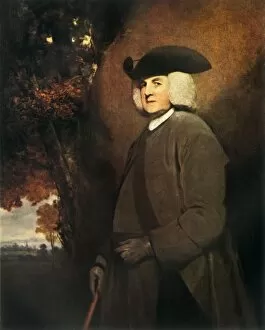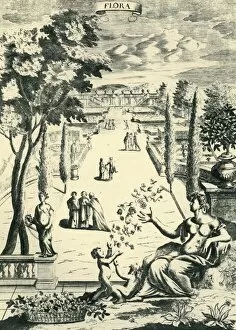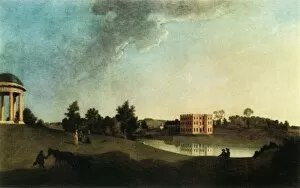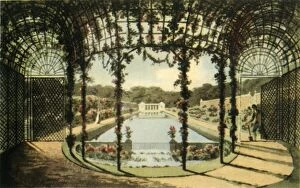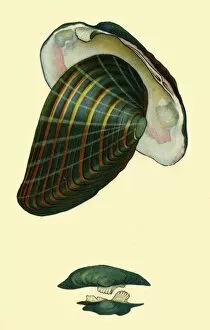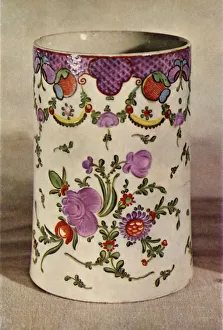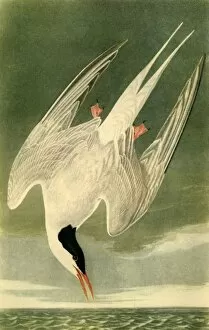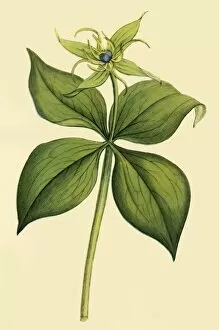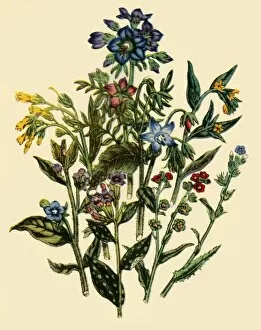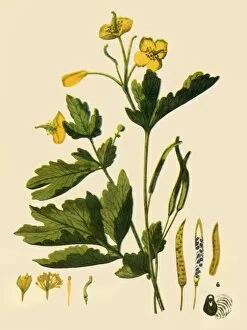William Collins Collection (page 5)
"William Collins: A Journey Through Time and Art" Step into the world of William Collins, a man whose life was captured through various artworks spanning centuries
All Professionally Made to Order for Quick Shipping
"William Collins: A Journey Through Time and Art" Step into the world of William Collins, a man whose life was captured through various artworks spanning centuries. From the serene evening church scene in 1830 to the picturesque village of Kineton in Warwickshire, each painting tells a unique story. In "My First Sermon, " created by John Everett Millais in 1863, we witness young William's spiritual awakening as he listens attentively to his first sermon. The following year, Millais captures his growth and maturity in "My Second Sermon, " showcasing William's deepening understanding of faith. Travel back even further with Matthew Paris's map from 1250, which reveals the rivers and towns of southern England and Wales. This historical artifact offers insight into the geographical context that shaped William's surroundings. The town of Boston comes alive in an unknown artist's depiction from 1838. Here, we catch a glimpse of William's early years as he navigates its bustling streets and encounters its diverse inhabitants. John Everett Millais returns once again with his portrait of John Ruskin from 1853-1854. Perhaps it was Ruskin who inspired young William with his passion for art and beauty, setting him on a path towards artistic expression himself. As we delve deeper into history, we encounter pivotal moments such as "The Battle of Naseby" in 1645 by Dupuis. This artwork reminds us that while individuals like William may have lived ordinary lives, they were still influenced by larger events shaping their world. Eric Ravilious' "Runway Perspective" transports us to World War II-era Britain when airfields played a crucial role, and is here that we imagine William contributing to the war effort or witnessing firsthand the resilience and bravery displayed during those tumultuous times. No exploration would be complete without encountering notable figures like Arthur Wellesley, Duke of Wellington.

